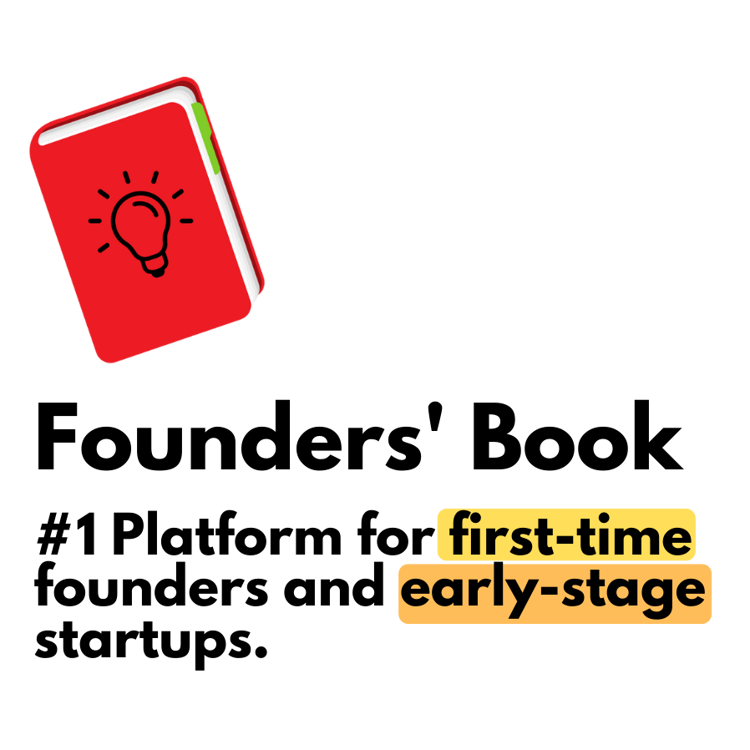Glossary / Tech-Stack
Tech-Stack
Tech stack refers to the combination of technologies and programming languages used to build and run a software application. It includes both the front-end and back-end technologies, as well as any additional tools or frameworks used in the development process. Here are some common components of a tech stack: 1. Front-end technologies: HTML, CSS, JavaScript, and frameworks like React, Angular, or Vue.js for building user interfaces. 2. Back-end technologies: Programming languages like Python, Java, Ruby, or Node.js for server-side development. Frameworks like Django, Spring, Ruby on Rails, or Express.js can be used to streamline the development process. 3. Databases: Relational databases like MySQL, PostgreSQL, or Oracle, or NoSQL databases like MongoDB or Cassandra for storing and managing data. 4. Server: Web servers like Apache or Nginx to handle HTTP requests and serve web pages. 5. APIs: Application Programming Interfaces (APIs) allow different software applications to communicate with each other. RESTful APIs are commonly used for web applications. 6. Cloud platforms: Cloud services like Amazon Web Services (AWS), Microsoft Azure, or Google Cloud Platform (GCP) provide infrastructure and hosting for applications. 7. DevOps tools: Tools like Docker for containerization, Jenkins or Travis CI for continuous integration and deployment, and Kubernetes for container orchestration. 8. Testing frameworks: Tools like Jest, Selenium, or JUnit for automated testing and ensuring the quality of the software. 9. Version control: Git is a widely used version control system for tracking changes in code and collaborating with other developers. 10. Additional tools and frameworks: Depending on the specific requirements of the project, additional tools and frameworks may be used, such as Redux for state management, GraphQL for API querying, or TensorFlow for machine learning. It's important to note that the choice of tech stack depends on various factors, including the project requirements, scalability needs, team expertise, and budget. Different tech stacks can be used for different types of applications, such as web applications, mobile apps, or enterprise software.

